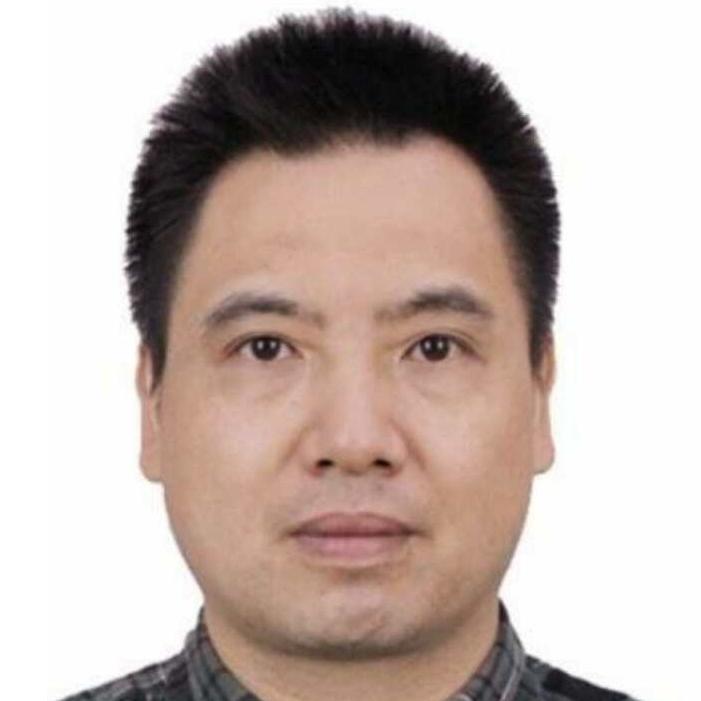One Belt, One Road (OBOR) initiative, Xi Jinping’s signature project, advances a particular vision of Chinese development. It appears that great power relations are no longer Beijing’s foreign policy priority, as neighborhood diplomacy and regional integration takes a more central stage. The plans of reviving the classic Silk Road trade routes and constructing new economic corridors are accompanied by the discourse of building ‘a community of common destiny.’
The phrase itself was coined by Hu Jintao who has applied this term to international relations of China and Taiwan, but since, the notion has evolved to imply Chinese special relations with other states. President Xi Jinping used the notion of a ‘community of common destiny’ as one of the pillars of modern Chinese diplomacy and as a framework to build OBOR upon. The idea of a community of common destiny amalgamates a variety of Chinese foreign policy postulates and principles towards its neighbours.
In particular, it envisages China as an important global and regional player, which cannot develop in an isolation from the rest of the region, but in a similar vein the development of which is instrumental to the prosperity of all Chinese neighbours. In this regard, as stressed by Xi Jinping, by building a community of common destiny, Beijing will advance neighboring diplomacy, promote an environment conducive to China’s development, and enable neighbouring states to benefit from Beijing-led regional integration.
Yet, despite the benevolent ambitions of this initiative, the question remains open to what extent a community of common destiny is an attainable goal or rather a utopian objective. China shares border with 14 states, including Russia, Mongolia, Myanmar, Vietnam, India, Nepal and North Korea. Its immediate neighbors are so different: in geographic size, economic development, socio-political cohesion and degree of influence in the international arena. Can China become that locomotive, which will reconcile the differences and unify all states towards economic development under the aegis of common future?
Of course, the discourse of common destiny will be accompanied by multi-million dollar economic projects as part of the Silk Road Economic Belt and Maritime Silk Road initiatives. However, a community of common destiny as an idea should rather precede material interventions and appeal to the audience by the power of its values and the virtue of its norms. At this stage, it appears that ‘a community of common destiny’ is a notion that is based purely on tangible material benefits, although the thoughts of prospective Chinese investments are undoubtedly a powerful incentive to consider regional integration.
Accordingly, there are doubts whether the Chinese vision of a community of common destiny is attractive enough to shape the preferences of others, since China is not particularly strong in terms of soft power. There are many ensuing questions. Will bigger states like China and Russia treat smaller states like Kyrgyzstan and Tajikistan as equals? Will different countries like Kazakhstan and Nepal find points of intersection under the aegis of common development? Will the idea of a community of common destiny unify Central Asian states to seek a closer integration?
In this respect, it may appear at a first glance that Central Asia is a fertile ground to test the vision of common destiny, since, as Moody’s predicted, OBOR projects will significantly benefit smaller states with low per-capita incomes, low investment rates and underdeveloped infrastructure. Accordingly, one may assume that Central Asia as a unified region will benefit significantly from Chinese investments, which in turn will be a major step towards a community of common future.
Indeed, being a part of a Soviet monolith for 75 years, five Central Asian states have many commonalities. Kazakhstan, Kyrgyzstan, Uzbekistan, Tajikistan and Turkmenistan share common historic legacy and certain religious, cultural, and social affinities. After the demise of the Soviet Union, they all struggled with political and economic reforms in an attempt to introduce Western models of development and fight poverty and economic underdevelopment.
In reality, however, it will be misleading to view Central Asia as a unified region, although many international actors continue viewing Central Asia mechanistically in such a way. As a result, quite often international aid agencies and donors prescribe same development solutions to the states, which need different interventions. This tendency is evident in a variety of projects advanced by international actors ranging from civil society and education projects to economic development and conflict prevention initiatives.
Nevertheless, the unified position of the USSR has been long replaced by sharply divergent economic interests and security arrangements, corresponding to different strategic views of the Central Asian leadership on development. For example, for over 20 years, Tajikistan, Uzbekistan and Kyrgyzstan cannot agree on the issues of border delimitation and demarcation. The map of the Ferghana Valley is marked by disputed borders and ‘enclaves’. Out of the 971 kilometres dividing Kyrgyzstan and Tajikistan, only half – or 519 kilometres – has been officially agreed upon. The Kyrgyz-Uzbek commission on border delimitation and demarcation has agreed upon 993 kilometres out of 1,375 kilometres of mutual borders.
In other words, fault lines in Central Asia run very deep. Accordingly, will Beijing be able to foster a sense of community of common destiny across Central Asia? On one hand, this concept aims to introduce China’s domestic and foreign policy goals to the outer world and integrate ‘the Chinese dream’ with ‘the dreams’ of the neighbouring states. On the other hand, it remains yet unclear at this stage how this noble, but ambiguous concept will soothe ethnic divisions, resolve border disputes, mitigate political differences and introduce win-win economic solutions in Central Asia.


